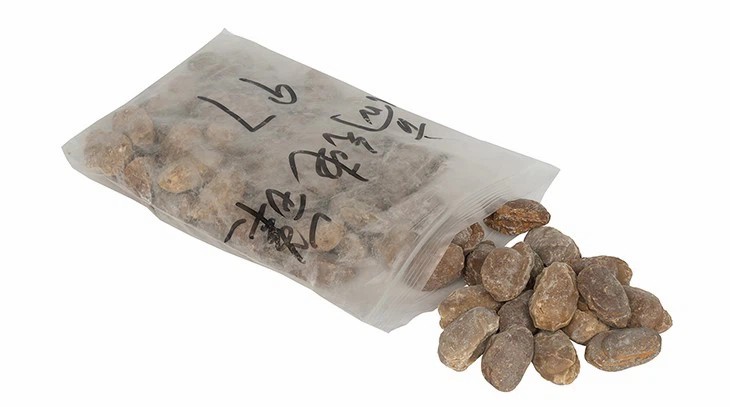PRODUCTS
Refractory Magnesia
Magnesia, also known as sintered magnesia, is calcined at high temperature by magnesite, brucite or magnesium hydroxide prepared by the reaction of seawater and milk of lime, and has strong hydration ability.
Composition: Premium materials such as high alumina oxide, magnesium oxide, and silicon carbide, with customizable composition based on client requirements.
Form: Available in powder, brick, board, and castable forms to suit various application needs.
Refractoriness: Standard range from 1200°C to 1800°C, with options for higher temperature customization.
Application Fields: Widely used in industries such as steel, cement, glass, and petrochemicals for furnace lining and insulation.
Packaging: Options include 25 kg bags, bulk bags, and custom packaging solutions compliant with global transportation standards.
Introduction
Our experienced R&D team can customize the material, form, and size according to your specific application needs while ensuring compliance with international quality standards. With rigorous quality control and advanced production facilities, we guarantee products with high refractoriness, excellent compressive strength, and long-lasting durability. Whether you are in the steel, cement, glass, or petrochemical industry, we are your trusted partner, supporting the success of your projects.
For customization inquiries, please feel free to contact us. We will provide tailor-made solutions based on your requirements.
Refractory Magnesia Details
Products Description
Magnesia is one of the most important raw materials for refractories. It can be pided into three categories: sintered, light-sintered, and fused magnesia. It is made of magnesite, brucite, or seawater and milk of lime to produce magnesium hydroxide, and then calcined at high temperature.
It is a magnesium oxide material, usually composed of magnesium oxide and other oxides, and is widely used for its high temperature stability and fire resistance. It comes in many different forms such as granules, powder, bricks and blocks.
Features and requirements
1) High purity, containing more than 98% MgO;
2) Low R2O3 content;
3) High particle volume density, reaching above 3.4g/cm;
4) High CaO/SiO2 ratio, greater than 2;
5) The periclase grain size is large, above 100-200 μm;
6) The periclase crystal phase forms a direct bond.
Dead Burnt Magnesite
| Art No. | MgO(%) | SiO₂(%) | CaO(%) | Fe₂O₃(%) | Al₂O₃(%) | B.D≥g/cm³ |
| 98 | 98%MIN | 0.35%MAX | 0.9%MAX | 0.55%MAX | 0.05%MAX |
3.4 |
| 97.5 | 97.5%MIN | 0.55%MAX | 1.2%MAX | 0.6%MAX | 0.15%MAX | 3.3 |
| 97 | 97%MIN | 0.70%MAX | 1.4%MAX | 0.7%MAX | 0.20%MAX | 3.3 |
| 96.5 | 96.5%MIN | 0.80%MAX | 1.6%MAX | 0.8%MAX | 0.20%MAX | 2.8 |
Products Application
Refractory magnesia has a wide range of applications, including use in the production of monolithic refractory products and in cement, steel and aluminum industries.
It is used in the lining of furnaces, kilns, boilers, and incinerators, as well as in the production of fire bricks and other refractory products.It is usually used to make magnesia bricks, magnesia-alumina bricks, ramming materials, repairing materials, etc., and those with more impurities are used to pave the bottom of steelmaking furnaces, etc.
It is also used as a thermal insulation material in cryogenic applications, and in the production of arc and resistance welding electrodes.














